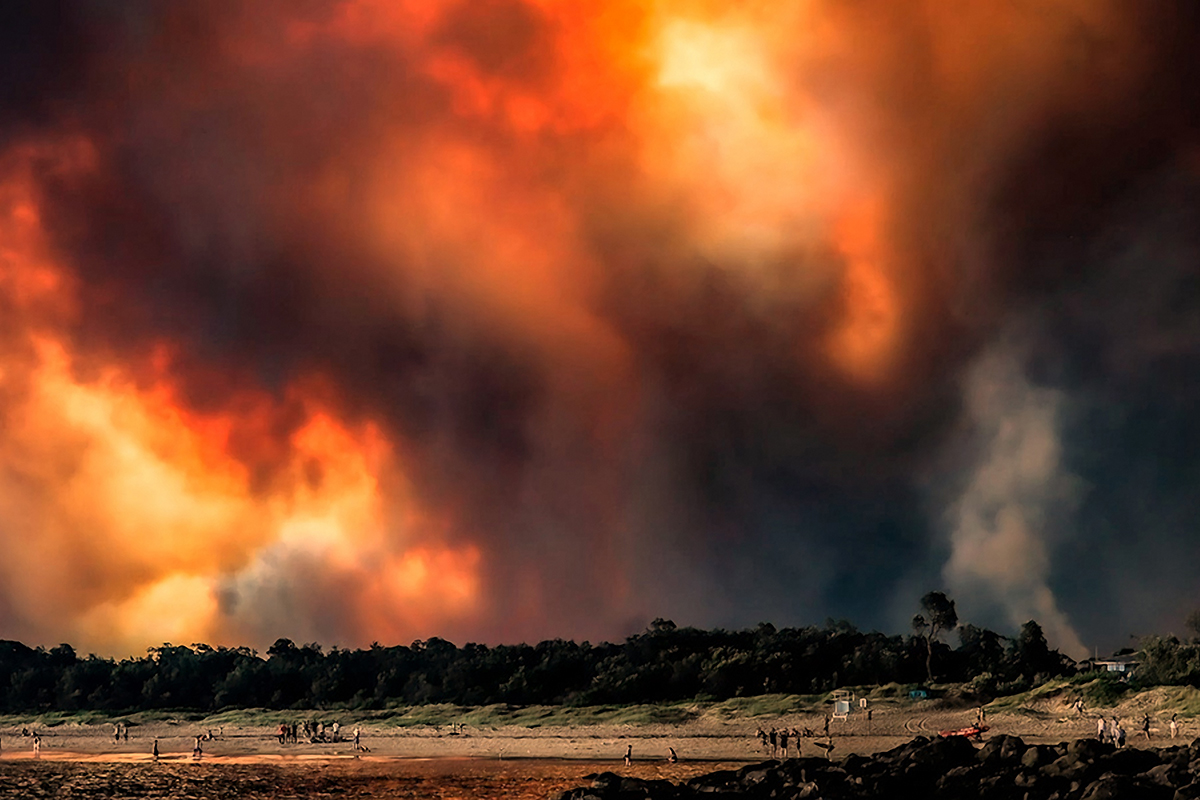According the latest data compiled by the European Union (Copernicus Climate Change Service), 2021 was the fifth hottest on record for the planet. Globally, the mean temperature last year was 1.1 to 1.2 Celsius higher the pre-industrialisation records.
And the last seven years have also been the seven hottest on record. The hottest years on record are 2016 and 2020, tied for the ‘honour’.
Looking at 2021, scientists say the rate of increase in CO2 levels was actually a bit down; however, concentrations of methane grew at the fastest pace in two decades, for reasons yet unclear.
Methane of course is NZ’s chief contribution to the global warming crisis, at 36.5% of our total greenhouse emissions (belching cows and sheep).
Here in New Zealand, NIWA’s own climate analysis places 2021 at NZ’s hottest year on record (based upon records back to 1909). Annual temperatures were above average (+0.51C to +1.20C above the average) for much of NZ. The hottest temperature of 2021 award went to Ashburton at 39.4C on January 26.


Whilst the information provided by the EU is quite correct using the database they have – had they used the worlds longest running satellite data from NASA managed by the University of Alabama Huntsville Campus since 1978 – then 1998 is the hottest year since satellite records began providing global lower atmospheric temperature data. CO2 levels were then much lower than they are today.
Similarly a very recent report from Australia stating that their recent drought is the worst in the last 100 years is quite correct – but had they used data for the last 130 years including the very well documented Federation drought circa 1901 this would have been considered more severe with photo’s of both the Murray and Darling rivers having run dry – long before there was the irrigation draw off of today. CO2 levels were very much lower then today as industrialisation and oil burning was just getting underway,
Using proxy temperature records reconstructed from limestone deposits using isotope ratios shows that temperatures today in the South Island have not yet reached temperatures of the Medieval Warm period circa 1400 when CO2 levels were a constant 288 ppm.
This aligns exactly with an early IPCC Scientific report to the policy advisors which states ” Temperatures today are similar to the Medieval Warm period having fallen by approx 1.5º C culminating in the little ice age which ended circa 1850 “.
Whenever we see temperatures reported it is critically important that we understand the time periods involved and what other records exist to obtain as full and as comprehensive understanding as possible to optimise policy settings for what are critically important global issues.